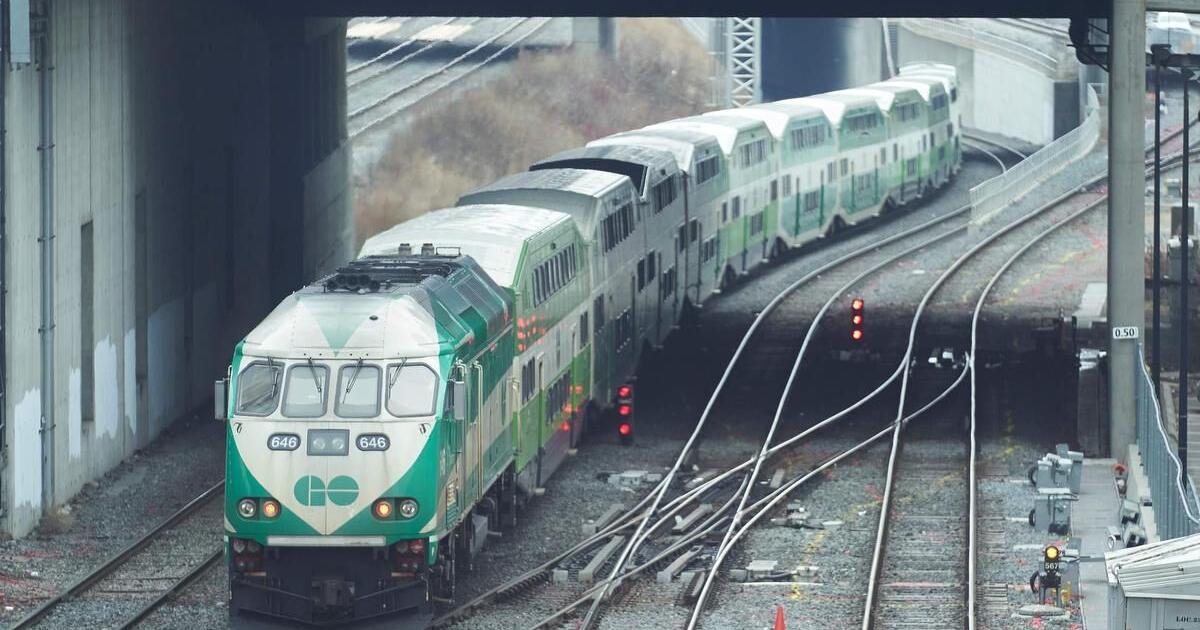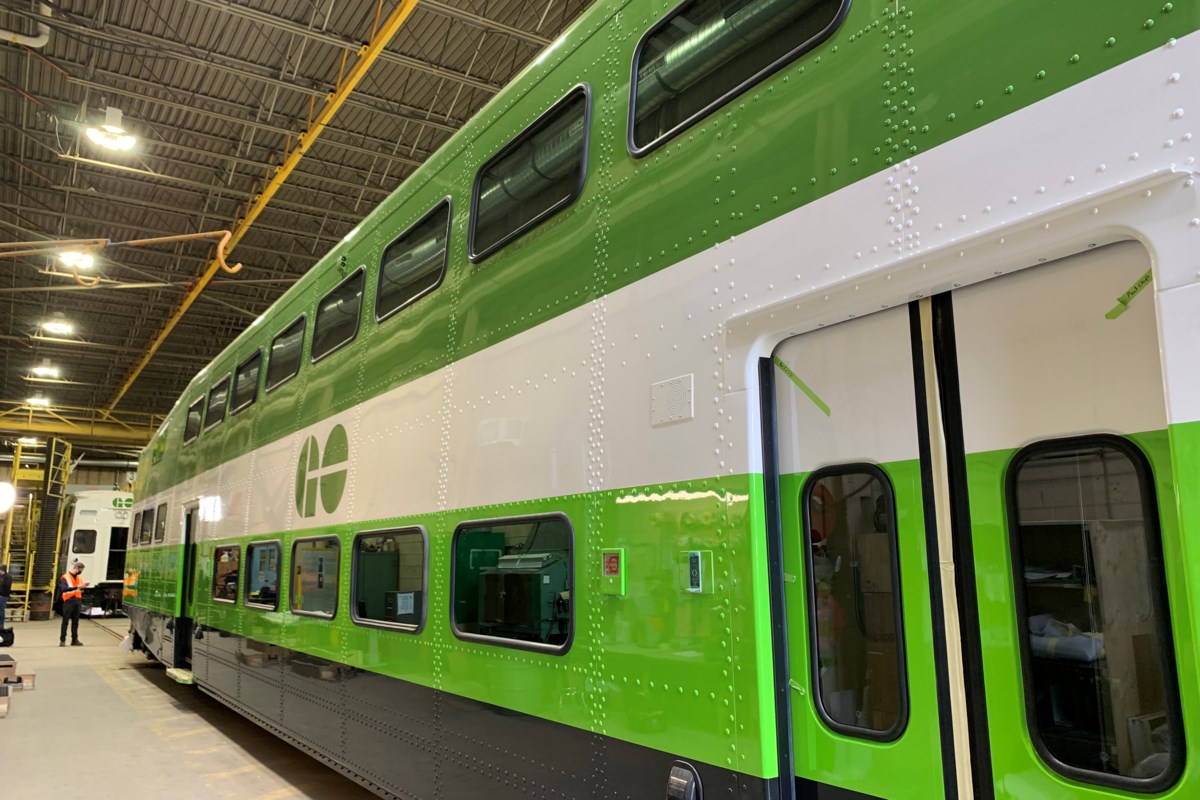lenaitch
Senior Member
I told myself I wasn't going to parse the proposal, but here are just a few points:
There has been a relatively small lobby to upgrade the Sultan Rd. for years, mostly by truckers who decry the grades and weather-related closures between Wawa and SSM. It is always firmly opposed by SSM for obvious reasons. It would also require a Wawa bypass since 101 goes through town. I used the Sultan Rd. a few times and it does save time, but current 101 and 144 are not built and maintained to the same standards as 17. I don't have the traffic data to back it up, but my sense is that a lot of commercial traffic shifts to Hwy 11 from 17 during the winter. It is flatter and thus easier on fuel and less prone to weather-related closures. One downside is it goes directly through more communities (and is really boring).
I'm not aware that many, if any, commercial traffic coming from the west enroute to southern Ontario or points east goes through the US. The only ones that would is if their destination is Sarnia/Windsor or perhaps London. I've done it both ways (in a car, not a CMV) and to the GTA it's pretty much a wash, and that's back when the border was faster.
The original plan for the SSM East bypass did entail a direct connection with Hwy 17 North (either via 2nd or 3rd line, I can't remember). Negotiations didn't go as planned.
There is much discussion about faster routes between hither and yon, but I'm not convinced that traffic patterns necessarily always support it. Having a faster, more direct route between Timmins and SSM, for example, is of limited benefit if hardly anybody does that.
I can't remember if I actually read it, or just think I did and came up with the conclusion myself, but folks may notice that the areas of 17 and 11 that are slowly getting twinned in the n/w are those where there is no other alternative route; 17 from MB border to Kenora (actually Longbow Corner) and 11/17 from TBay to Nipigon. They might be adjacent to each other but they will be two roadways (carriageways as they say in the UK) with separate bridges. I see it as a strategic transportation move rather than responding to traffic volumes.
I'm not convinced the far n/w into the Lowlands will have much tourism potential beyond perhaps some fly-in hunting and fishing. Even if some roads are pushed through, 'off-the-beaten-path' travel is very difficult. Even with the RofF development road being negotiated, I haven't heard much lately on whether the FNTs are keen on having them as public access roads and opening up their traditional lands to tourists. Beyond mineral exploration, the area has very little if any other resource potential. Rest assured anything happening up there will require the cooperation of FNTs, and that will take a very long time.
There has been a relatively small lobby to upgrade the Sultan Rd. for years, mostly by truckers who decry the grades and weather-related closures between Wawa and SSM. It is always firmly opposed by SSM for obvious reasons. It would also require a Wawa bypass since 101 goes through town. I used the Sultan Rd. a few times and it does save time, but current 101 and 144 are not built and maintained to the same standards as 17. I don't have the traffic data to back it up, but my sense is that a lot of commercial traffic shifts to Hwy 11 from 17 during the winter. It is flatter and thus easier on fuel and less prone to weather-related closures. One downside is it goes directly through more communities (and is really boring).
I'm not aware that many, if any, commercial traffic coming from the west enroute to southern Ontario or points east goes through the US. The only ones that would is if their destination is Sarnia/Windsor or perhaps London. I've done it both ways (in a car, not a CMV) and to the GTA it's pretty much a wash, and that's back when the border was faster.
The original plan for the SSM East bypass did entail a direct connection with Hwy 17 North (either via 2nd or 3rd line, I can't remember). Negotiations didn't go as planned.
There is much discussion about faster routes between hither and yon, but I'm not convinced that traffic patterns necessarily always support it. Having a faster, more direct route between Timmins and SSM, for example, is of limited benefit if hardly anybody does that.
I can't remember if I actually read it, or just think I did and came up with the conclusion myself, but folks may notice that the areas of 17 and 11 that are slowly getting twinned in the n/w are those where there is no other alternative route; 17 from MB border to Kenora (actually Longbow Corner) and 11/17 from TBay to Nipigon. They might be adjacent to each other but they will be two roadways (carriageways as they say in the UK) with separate bridges. I see it as a strategic transportation move rather than responding to traffic volumes.
I'm not convinced the far n/w into the Lowlands will have much tourism potential beyond perhaps some fly-in hunting and fishing. Even if some roads are pushed through, 'off-the-beaten-path' travel is very difficult. Even with the RofF development road being negotiated, I haven't heard much lately on whether the FNTs are keen on having them as public access roads and opening up their traditional lands to tourists. Beyond mineral exploration, the area has very little if any other resource potential. Rest assured anything happening up there will require the cooperation of FNTs, and that will take a very long time.
Last edited:






